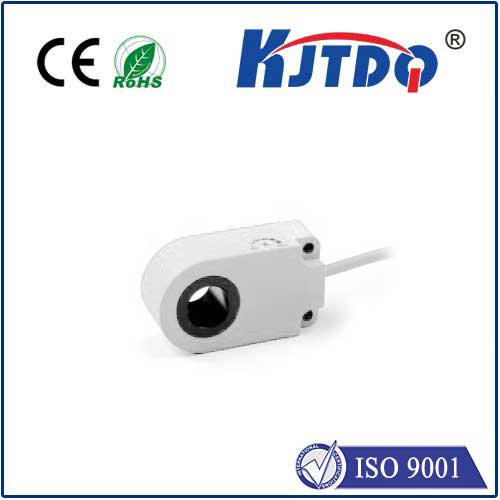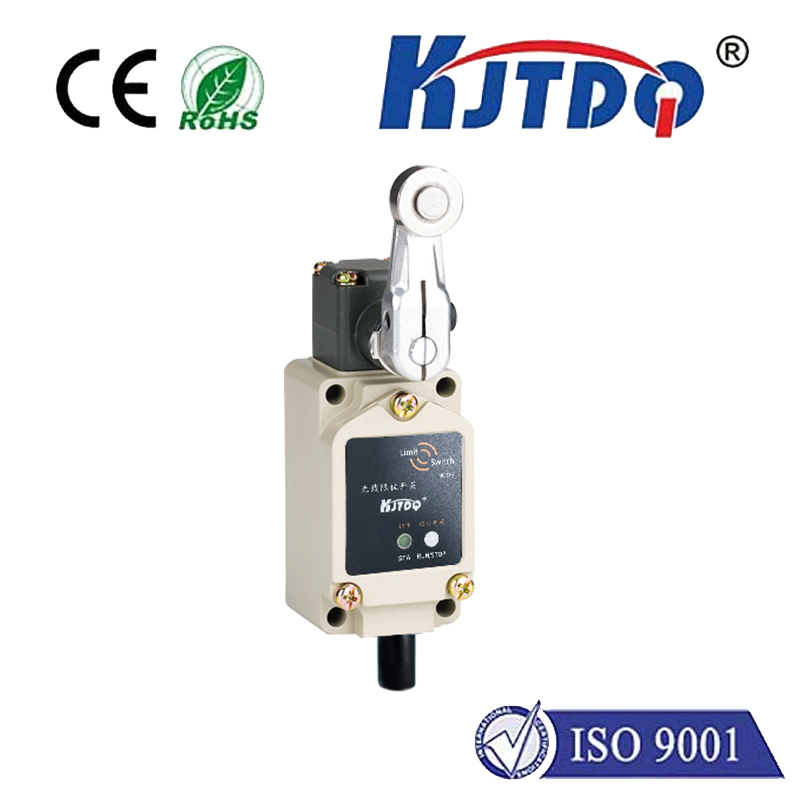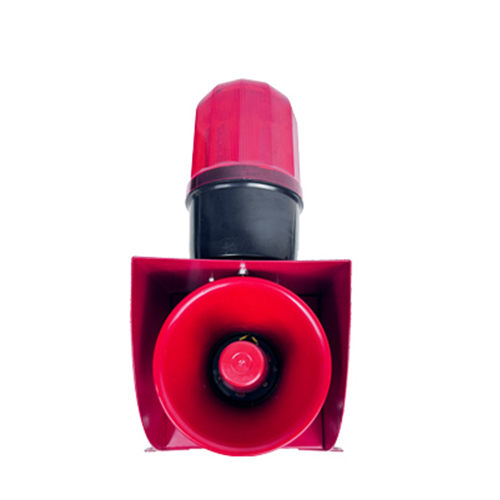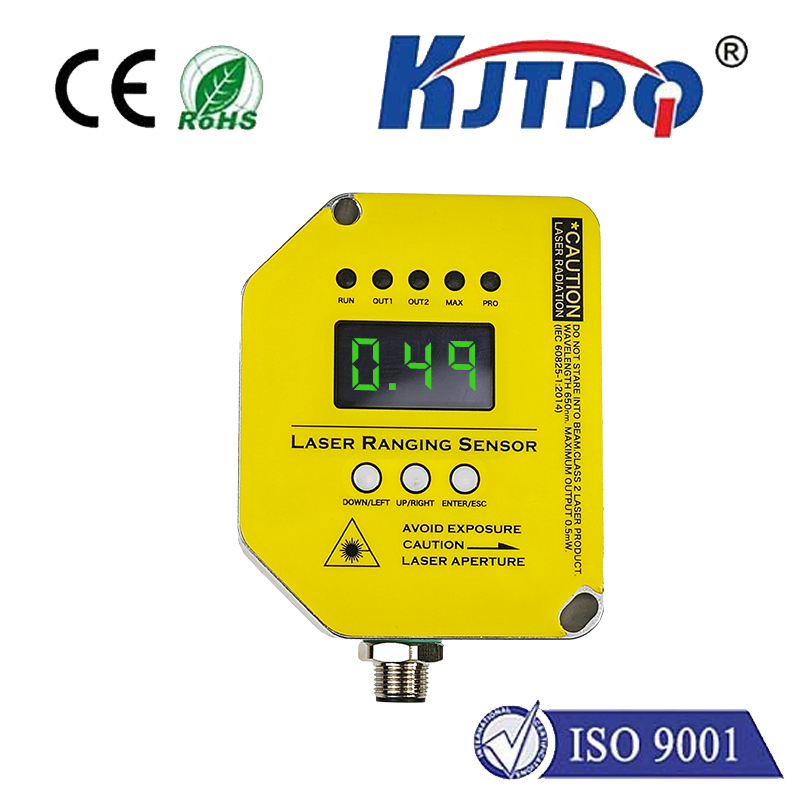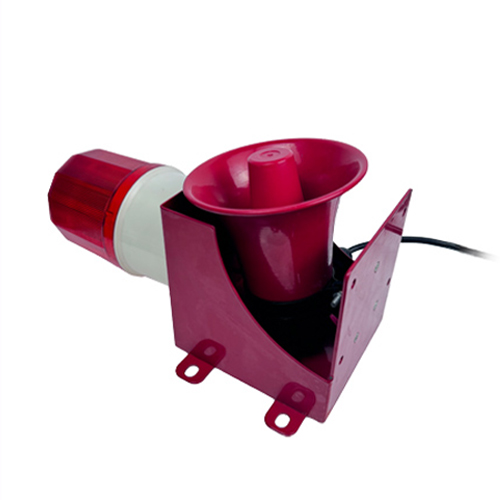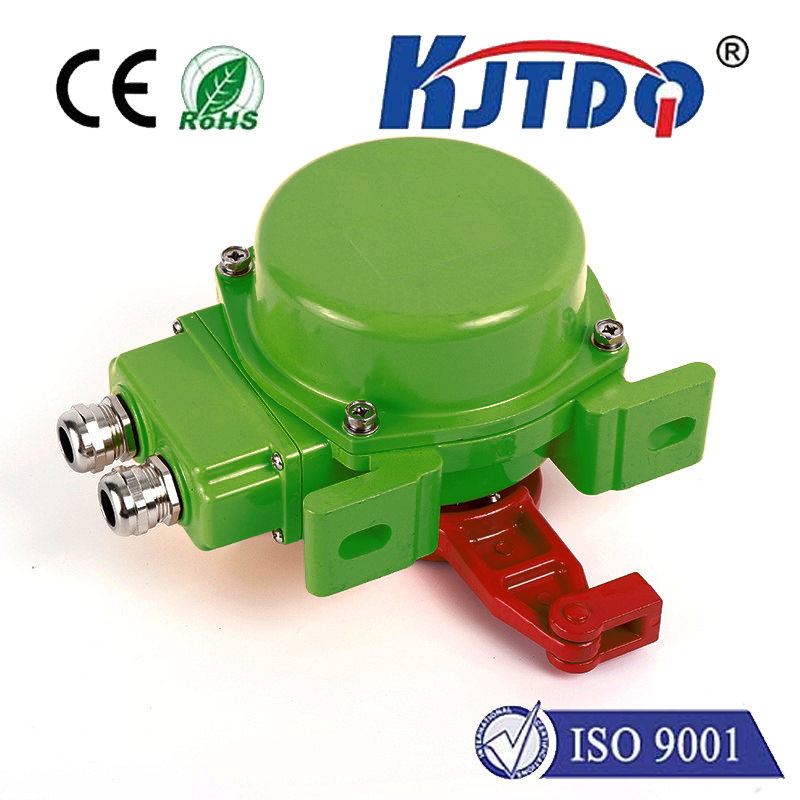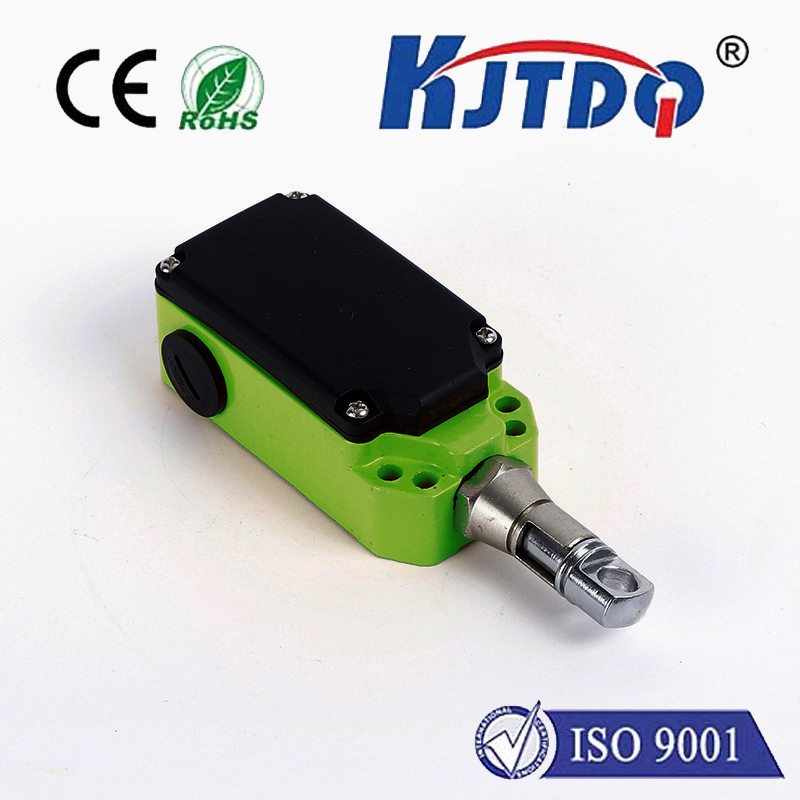E3Z-T61A-M1J 0.3M m18 photoelectric sensor
- time:2025-09-27 06:08:31
- Click:0
E3Z-T61A-M1J: Your Go-To M18 Photoelectric Sensor for Reliable 0.3M Detection
Imagine a bustling assembly line where precision timing is everything. Components whiz by at lightning speed, and a single missed detection could spell costly downtime or defective products. In the heart of such critical operations, a compact, dependable sentinel often stands guard: the M18 photoelectric sensor. Specifically, models like the Omron E3Z-T61A-M1J with its defined 0.3M (300 mm) sensing distance are unsung heroes of industrial automation, ensuring seamless object detection with remarkable accuracy. This little powerhouse exemplifies why choosing the right sensor for the precise job is crucial for efficiency and reliability.
Decoding the E3Z-T61A-M1J: Precision in a Name
The model number E3Z-T61A-M1J isn’t just random letters and numbers; it’s a precise specification sheet encoded by Omron, a leader in automation components:
- E3Z: Identifies the series, indicating a standard, cylindrical, general-purpose photoelectric sensor family.
- T: Denotes the sensing method. Here, ’T’ stands for Thru-Beam (Through-Beam). This means it requires two separate units: an emitter sending a light beam (often infrared) and a receiver unit placed directly opposite. Detection occurs when an object interrupts the beam between them. This method offers exceptional reliability, long sensing ranges relative to size, and excellent immunity to target surface color or finish – crucial for diverse industrial environments. (Keywords: Thru-Beam sensing, object detection)
- 61: Specifies the particular housing style and output configuration. In this context, it typically indicates a standard M18 cylindrical body and a specific output type (like NPN transistor).
- A: Often relates to the light source or specific functional variant within the ‘61’ type.
- M1J: Provides critical connection information:
- M: Indicates a Pre-wired (Cable) connection (as opposed to a connector type like M8/M12).
- 1: Specifies the cable length. ‘1’ usually corresponds to 2 meters, a common and practical length for many installations.
- J: Specifies the output configuration polarity and type. Here, ‘J’ typically indicates an NPN output, normally open (NO) transistor. This configuration is widely compatible with many PLCs (Programmable Logic Controllers) and control systems prevalent in industry. (Keywords: NPN output, pre-wired cable, PLC compatibility)
Coupled with M18, confirming the standard 18mm diameter cylindrical housing, and 0.3M explicitly stating its optimal sensing distance of 300 millimeters (0.3 meters), the full designation tells you exactly what you’re getting: a robust, through-beam photoelectric sensor ready for dependable presence detection at a specific range.

The Core Strengths: Why the E3Z-T61A-M1J Shines
Understanding its specifications reveals why this sensor is a popular workhorse:
- Thru-Beam Reliability: The fundamental thru-beam design provides the most stable and dependable detection method among photoelectric sensors. It’s largely unaffected by the color, reflectivity, or surface angle of the target object. If the beam is broken, something is present – it’s that straightforward.
- Optimal 0.3M Sensing Distance: The 300mm range is a sweet spot. It’s long enough for flexible mounting across conveyors, entry points, or machinery paths, yet practical and avoids unnecessarily large housings or excessive power found in longer-range sensors. This makes the compact M18 form factor ideal.
- Rugged Design: Built for the factory floor, the M18 stainless steel housing offers excellent resistance to impacts, vibrations, and environmental contaminants. Its typical IP67 rating (Ingress Protection) means it’s dust-tight and can withstand temporary immersion in water, perfect for washdown areas or harsh conditions. (Keywords: M18 stainless steel, IP67 rating, rugged sensor)
- Ease of Installation & Use: The pre-wired 2-meter cable (M1) simplifies setup by eliminating the need for separate connectors. The NPN output is straightforward to integrate with common control systems. LED indicators (power and operation) provide clear visual status confirmation for quick troubleshooting.
- Wide Compatibility: Its standard form factor and common output type make the E3Z-T61A-M1J a versatile solution easily integrated into existing systems or specified for new projects requiring reliable thru-beam detection.
Typical Applications: Where 0.3M Makes a Difference
The E3Z-T61A-M1J finds its home in countless automated processes demanding reliable object presence verification:
- Conveyor Line Object Counting & Gapping: Detecting products on a line to count them or ensure proper spacing before processing or packaging, leveraging its reliable beam break at 300mm.
- Machine Guarding & Access Control: Monitoring entry points to machinery or safety zones. Breaking the beam can trigger an immediate machine stop (E-Stop circuit via safety relay) or prevent startup if access is unsafe.
- Assembly Verification: Confirming the presence of components at specific stations on an assembly line before the next operation proceeds. The thru-beam method ensures even poorly reflective parts are detected.
- Elevator & Door Positioning: Used in pairs or with reflectors to detect the precise position of elevator cars or industrial doors, providing feedback for control systems.
- Packaging Machinery: Detecting the presence of cartons, bottles, or containers at critical points like filling stations, labeling heads, or sealing units. Its reliability prevents jams and ensures correct operation.
- Material Handling Systems: Monitoring chutes, diverters, or palletizing stations to confirm item presence before actuating pushers or robotic arms. (Keywords: conveyor detection, machine guarding, object counting, assembly verification)
Key Considerations for Optimal Performance
While robust, maximizing the E3Z-T61A-M1J’s effectiveness requires attention to detail:
- Precise Alignment is Critical: The core principle of thru-beam sensing demands accurate optical alignment between the emitter and receiver units. Even slight misalignment can drastically reduce effective sensing range or cause intermittent failures. Mounting brackets designed for M18 sensors are highly recommended for stability.
- Understand the 0.3M Specification: The 300mm distance (0.3M) is typically the maximum reliable sensing range under optimal conditions. Always design your application with a slight margin (e.g., placing objects within 250-280mm of the sensor face) to account for potential misalignment, dirty lenses, or minor environmental factors like fog or dust.
- Electrical Compatibility: Ensure your control system (PLC input card, relay module) is compatible with the NPN, normally open (NO) transistor output of the M1J variant. Wiring it incorrectly can damage the sensor or the controller.
- Environmental Factors: While IP67-rated, prolonged exposure to extreme contaminants, chemicals, or temperatures outside the specified operating range (-25°C to 55°C is common) can degrade performance. Regular lens cleaning is essential in dirty environments. Maintaining clean emitter and receiver lenses is paramount for reliable long-term operation.
- Mounting Stability: Use sturdy, vibration-resistant mounts. Any movement of the emitter or receiver unit post-alignment will compromise detection reliability.
Conclusion: The Right Tool for the Job
The Omron E3Z-T61A-M1J isn’t the newest or flashiest sensor on the market, and that’s precisely its strength. It represents a proven, reliable, and purpose-built solution for applications demanding robust






